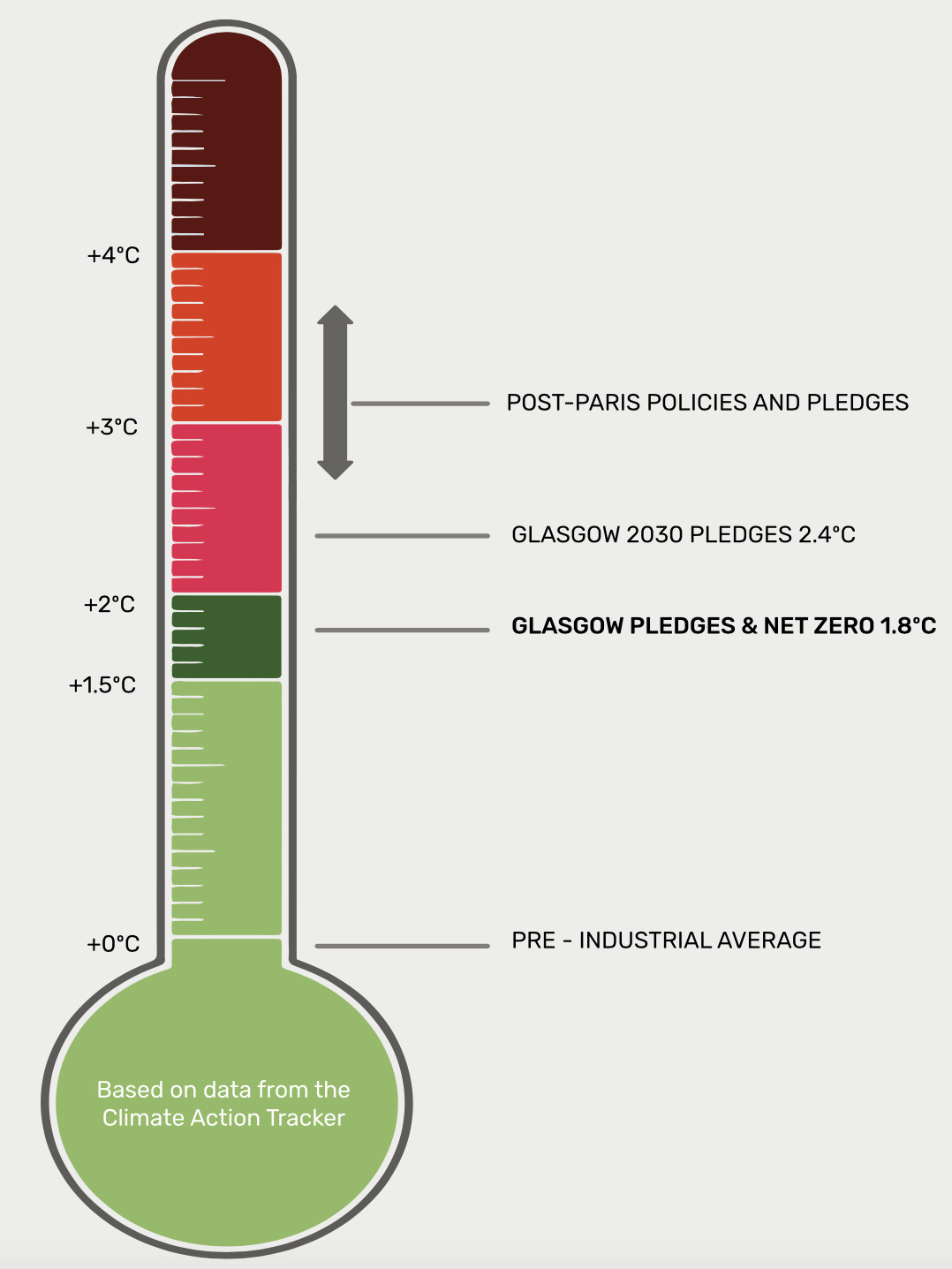Industry Highlights – Season of Decision

Climate talk is in the air. This could be due to the recent meeting in Glasgow, the 26th United Nations Climate Change Conference of the Parties, known as COP26. This could be related to the recent report from the Intergovernmental Panel on Climate Change (IPCC) stating that they can definitively say climate change has a human cause. This could be from the recent appeal made by the medical community within multiple medical journals worldwide calling global leaders to act on climate change within a pandemic. Or this could just be dominant thinking due to the severe shifts in weather and global crises in droughts, floods, destruction, famine, and illness. In any case, the prominence is no mistake. The scientific community has come to one conclusion: Changes are being made but not fast enough. Now is the time to act. It is hard not to focus on the tangible problems that are clearly in front of us instead of the anticipated problems of the future. It is a time of great stress and there is a lot needed to effect change on the most immediate issue. The goal will be to find a way to do both.
The large climate summit, COP26, brought together the countries of the United Nations for two weeks at the beginning of November. This highly anticipated gathering was under considerable pressure to inspire and provoke swift action. The International Energy Agency (IEA) had put out its recent World Energy Outlook (WEO) report in October, which highlights the benefits and risks associated with the current and prospective scenarios associated with global energy issues. The hope is for a report of this nature to provide direct guidance for decision making as it analyzes the current trends and how the existing pledges and timelines will fare. The WEO presents three scenarios where one reflects the modeled changes from the policies already underway, the second presents the model updated with pledges made up to the report publication, and a third, more aggressive, model that results in net zero emissions by 2050.

Reviewing the WEO, one key takeaway was that all the changes underway and pledged are crucial in causing a significant reduction in carbon emissions. However, the current trajectory does not accomplish the goals set by the Paris Agreement, which was to slow the rise in global temperature to less than 2°C relative to preindustrial levels and to establish a methodology to keep it from growing further. The States Policies Scenario (STEPS), focusing on current measures in place, was found to meet all net growth of energy demand by 2050. However, the present-day emissions would remain constant, and the STEPS model would lead to the global temperature change reaching 2.6°C by 2100. The Announced Pledges Scenario (APS) fares better, with global energy demand reaching a plateau after 2030 and CO2 emissions falling by 40% by 2050. Nevertheless, the year 2100 will see the global temperature change reach 2.1°C in APS models. These two models are essential to show that progress is being made and that current actions are not in vain. The third model, referred to as the Net Zero Emissions by 2050 Scenario (NZE), depicts the roadmap that can close the gap and help stabilize the global temperature change at 1.5°C.
The spirit of the discussions needed in Glasgow was clear. Therefore, many countries came with a firm resolve to get things done. There was some posturing, which is somewhat expected when politicians gather; a few speeches could be viewed as “words that sound great but so far have led to no action”. However, after all the talking and networking, there were significant agreements put in place, referred to collectively as the Glasgow Climate Pact. The COP26 president stated that “We can now say with credibility that we have kept 1.5 degrees alive. But, its pulse is weak and it will only survive if we keep our promises and translate commitments into rapid action.” The Glasgow Climate Pact is critical for the path forward. Within the two years since the last COP meeting, there was impassioned diplomacy and four main themes for the concerted global effort to focus. To start, there was Mitigation. The Paris Rulebook was finalized, with 153 countries committing to new 2030 emission targets. This is significant since the countries involved represent 90% of the world GDP, indicating that the more industrialized countries, being large contributors to the climate issues, are taking on the bulk of the Mitigation strategies. There were commitments vehicle manufacturers to provide only zero-emission vehicles by 2035, with other companies concurrently committing to electrifying their fleet. Together, the commitments made just before the summit along with those made during now reflect the possibility of holding the temperature rise to 1.5°C.

The second focus in Glasgow was Adaptation & Loss and Damage. With the devastation following the ever-changing climate conditions, it was important to make the vulnerable a priority. This portion of the pact makes this impactful globally instead of country-specific, with funds allocated towards things like disaster resilient infrastructure and adaptation in least developed countries. As stated by the Director of Climate for the International Institute for Environment and Development, “That many wealthier nations are also pledging money to support countries to adapt to climate change, as well as reduce their emissions, is a sign of real progress, tackling both sides of the climate crisis”. This kind of commitment paired well with the third focus of Finance. At COP26, there was new, forward-looking money made available in both the public and private sectors, mobilizing nearly $500 billion within the next 4 years alone. As a final focus within the summit, there was Collaboration. This included simple changes to commitments like giving them common timeframes instead of the sporadicity that existed. There were also a series of councils and committees bringing different groups of countries together to establish the international framework in key areas. All of this was to bring coherence and focus to the actions at hand.
The most significant outcome at Glasgow may be through accountability. All the parties involved agreed to meet in a year with their presented ambitions better defined and strengthened. The collaborative efforts reflect the belief we have felt is core to the decarbonization movement: there is no single solution that will be the answer. Synergy will move us forward. At Nilar, we see the prospective outcomes from COP26 as a step forward not only in climate change mitigation but also as a step towards the economic recovery that is urgently needed globally. As the COP26 president put it, “we must now move forward together and deliver on the expectations.”